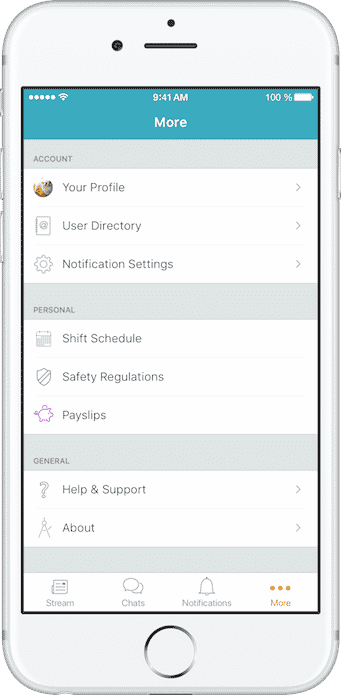Is your business ready to pivot from traditional workplace communications in the age of digital transformation? Current digital workplace trends require that businesses have policies in place that address the increasing emphasis on technology and organizational agility if they want to remain profitable. Digital culture is constantly changing, and digital workplace solutions need to keep up.
For example, a pro-active, leadership-led approach to team communications positions your company to not just respond to, but also anticipate these changing workplace trends. Some of these trends include innovative ways to manage remote workers and foster employee engagement.
Teams need to be ready to perpetually reinvent themselves, and having a few examples of effective digital workplace solutions can be helpful to stay competitive and digitally savvy.
Digitizing Internal Communication With Grace
Keeping up with digital workplace trends means implementing digital workplace solutions as rapidly as the need for them is identified. This could mean adopting a team communication app that can handle all of your team’s organizational needs in one platform. It could also mean changing hiring practices to emphasize different digital channels than HR was working with previously.
The other side of the digitization coin is companies will need to proactively look for digital workplace solutions to solve issues they might not even realize they have. With the power of information technology, the workplace is becoming more streamlined and more extensible than people imagine. By constantly browsing solutions, companies can stay on the cutting edge of digitization rather than struggling to catch up. This is a fundamental change in workplace culture.
How is Workplace Culture Changing?
Digital workplace trends increasingly emphasize connectivity between different elements of the same company, as well as increasing integration of customers via CRM (customer relationship management). Employees need to communicate with and share information no matter where they are geographically, and customers want more and more updates on their deliverables.
Likewise, digital workplace trends like remote working and ubiquitous social media use make work a bit less formal than before. HR departments can make a good impression on their employees by thinking ahead about remote working policies rather than waiting for problems to occur. Thankfully, digitization makes HR’s job much easier as personnel management dashboards can manage employee onboarding, and disseminate relevant information from one centralized location.
Vertical Integration Of Workplace Digitization
More and more, a company’s leadership is in greater communication with their entire team, as well as in horizontal communication with other companies’ management. This means leaders in the digital era are exposed to more perspectives and information than ever before. Businesses looking to improve their bottom line will implement strategies which help executives and employees alike prioritize and manage information. Focusing on a business’ core performance indicators is one simple way to make sure that only the most important information is analyzed.
Managing Employee Engagement During Digitization
Digitization strategies need to involve more than tracking performance metrics, though. Businesses also need to check in more frequently with their employees to make sure their needs are being met while ensuring the pace of solution implementation is making staff more efficient rather than less.
As always, businesses that show agility in their business model and compassion for their employees will maintain a competitive edge and remain relevant in the era of digital transformation.








